
Agrivoltaics works better with leafy greens, root crops
[Solar] projects linked to agriculture have thus far shown the highest potential when combined with leafy greens such as lettuce and spinach, as well as with root crops such as potatoes, radishes, beets, and carrots. This is one of the conclusions of recent research developed on agrivoltaics by U.S. scientist Chad Higgins from the Department of Biological and Ecological Engineering at Oregon State University…
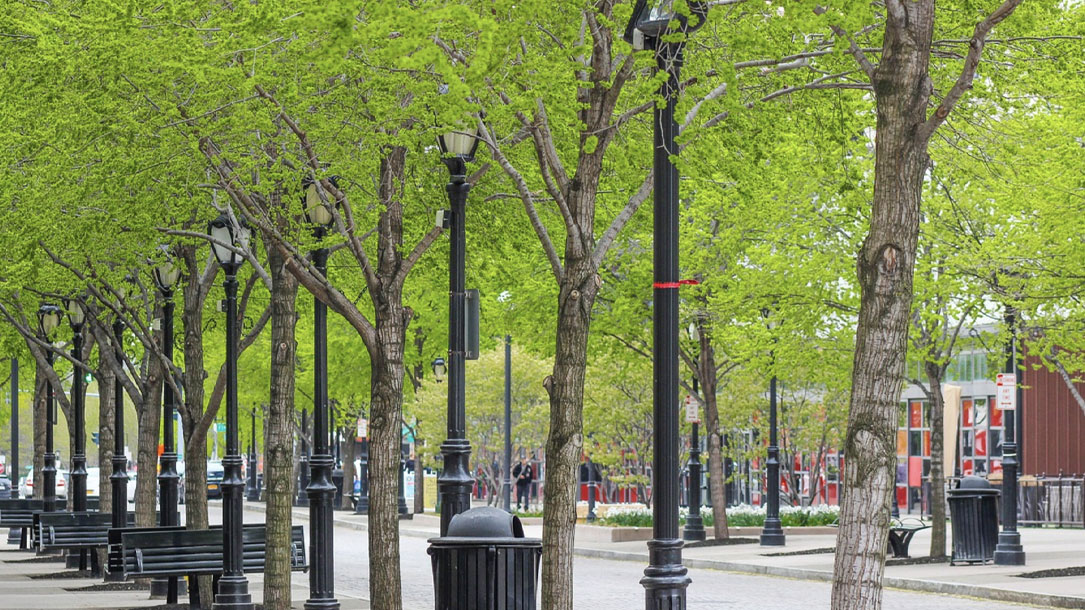
Study: Review of the Available Literature and Data on the Runoff and Pollutant Removal Capabilities of Urban Trees
This is a dense, but potentially useful scientific article on the runoff and pollutant removal capabilities of urban trees.

Air quality effects of urban trees and parks
Trees—and urban trees in particular—provide enormous benefits. For starters, they’re responsible for producing oxygen and removing CO2 and other pollutants from the air. Urban forests in the U.S. remove an estimated 75,000 tons of air pollution per year. They reduce the impact of falling rain and encourage that water to soak into the ground, reducing flooding and erosion as well as preventing pollution from entering waterways…
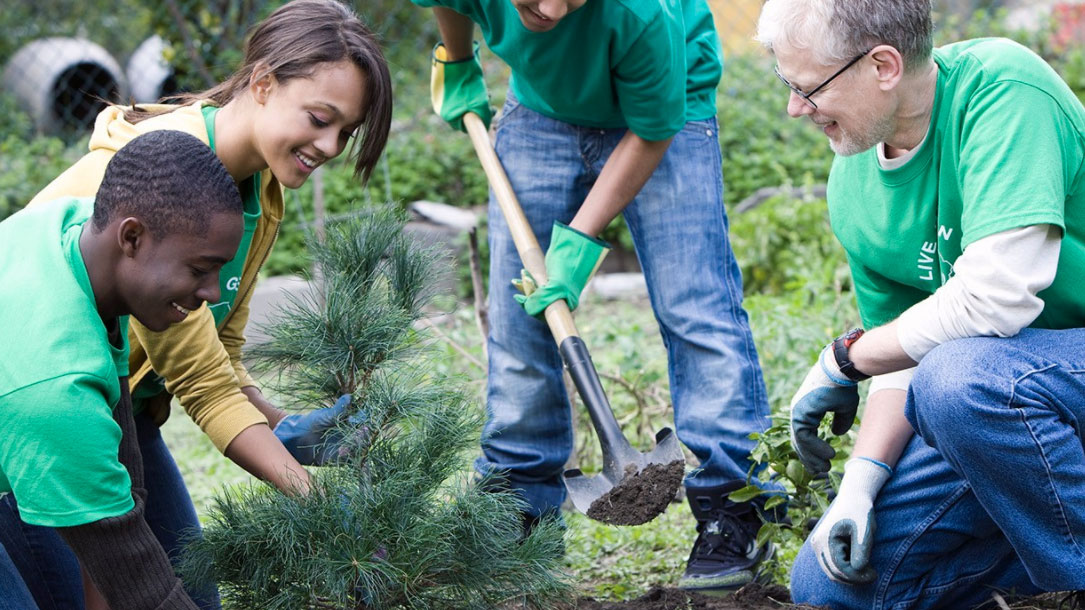
Using urban forestry to fight for environmental justice
Trees—and urban trees in particular—provide enormous benefits. For starters, they’re responsible for producing oxygen and removing CO2 and other pollutants from the air. Urban forests in the U.S. remove an estimated 75,000 tons of air pollution per year. They reduce the impact of falling rain and encourage that water to soak into the ground, reducing flooding and erosion as well as preventing pollution from entering waterways…
The U.S. Forest Service estimates that trees reduce the energy consumption needed to cool homes in the U.S. by more than seven percent…

A top U.S. seller of carbon offsets starts investigating its own projects
Following concerns that it is facilitating the sale of meaningless carbon credits to corporate clients, the Nature Conservancy says it’s conducting an internal review of its portfolio of carbon-offset projects. The nonprofit owns or has helped develop more than 20 such projects on forested lands mostly in the U.S., which generate credits that are purchased by such companies as JPMorgan Chase & Co., BlackRock Inc., and Walt Disney Co., which use them to claim large reductions in their own publicly reported emissions…
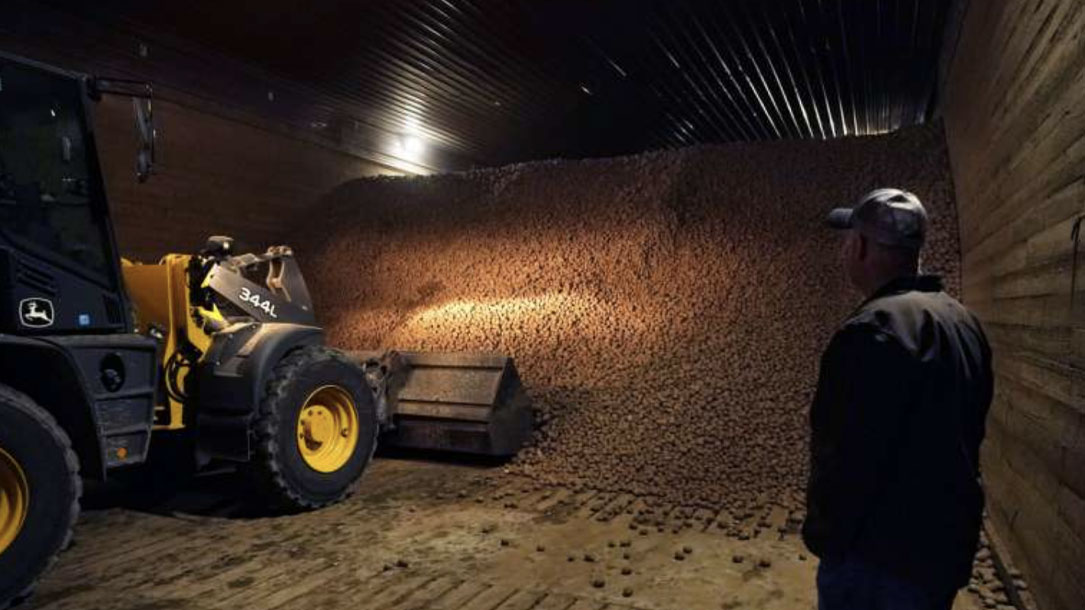
New problems arise for crop storage as planet gets warmer
“There’s a big disconnect in our minds about the chain of events between the field and the grocery store and onto our plate,” [plant physiology scientist Courtney Leisner at Auburn University] said. “Just a few degrees can make all the difference in whether it’s economical to store the fruits and vegetables that we expect to have on our dinner table 365 days a year.”
Aside from potentially higher prices, climate change may worsen food shortages caused by spoilage. About 14% of food produced globally—and 20% of fruits and vegetables—goes bad between harvest and retail, according to the United Nations Food and Agriculture Organization. Wasted food is a significant source of greenhouse gases…

Six ways to stay balanced during the climate crisis
Know anyone stressed out about a warming planet? A surgeon and a psychotherapist offer advice on how to grow more resilient.
Research suggests that although there may be a genetic component, resilience is a function of a potpourri of factors, not a must-have gene, trait, or cultural determinant. Resilience also appears to cut right through social classifications of culture, race, class, gender identity, religion, and political affiliation. This knowledge that resilience is widely distributed is encouraging, as is the fact that it can be developed and nurtured…

The future of birds in our national parks
Audubon scientists have teamed up with colleagues from the National Park Service to look at how the accelerating change in climate will affect the birdlife in 274 National Park Service properties. Detailed reports for every park list birds for which the climatic conditions will be getting better or worse or staying the same. The reports also predict some species that might disappear from each park and others that could move in.
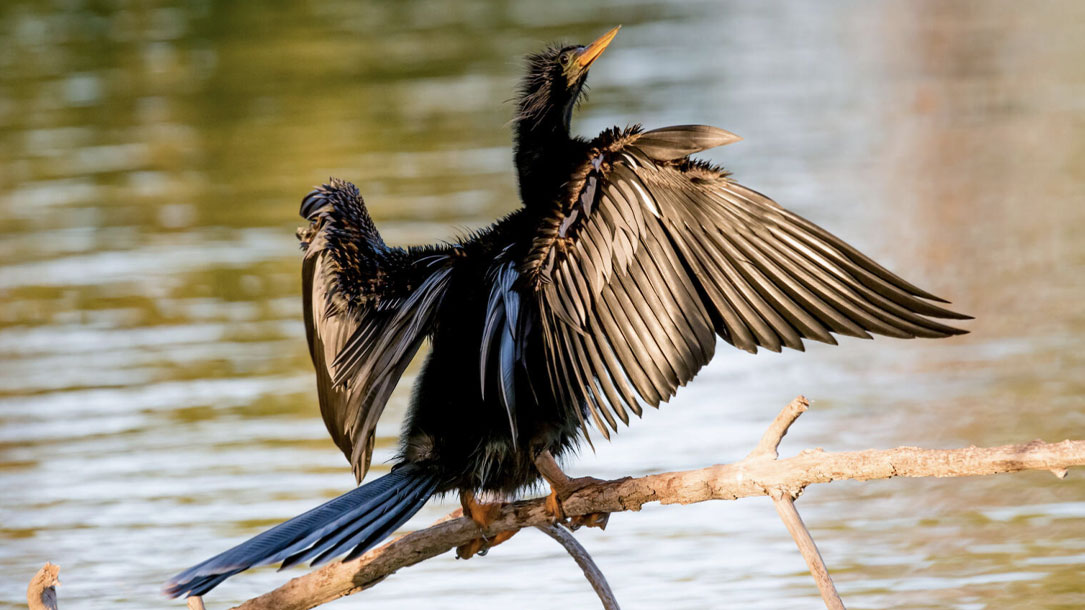
Climate change could cause shifts in bird ranges that seem unbelievable today
Audubon scientists have teamed up with colleagues from the National Park Service to look at how the accelerating change in climate will affect the birdlife in 274 National Park Service properties. Detailed reports for every park list birds for which the climatic conditions will be getting better or worse or staying the same. The reports also predict some species that might disappear from each park and others that could move in.
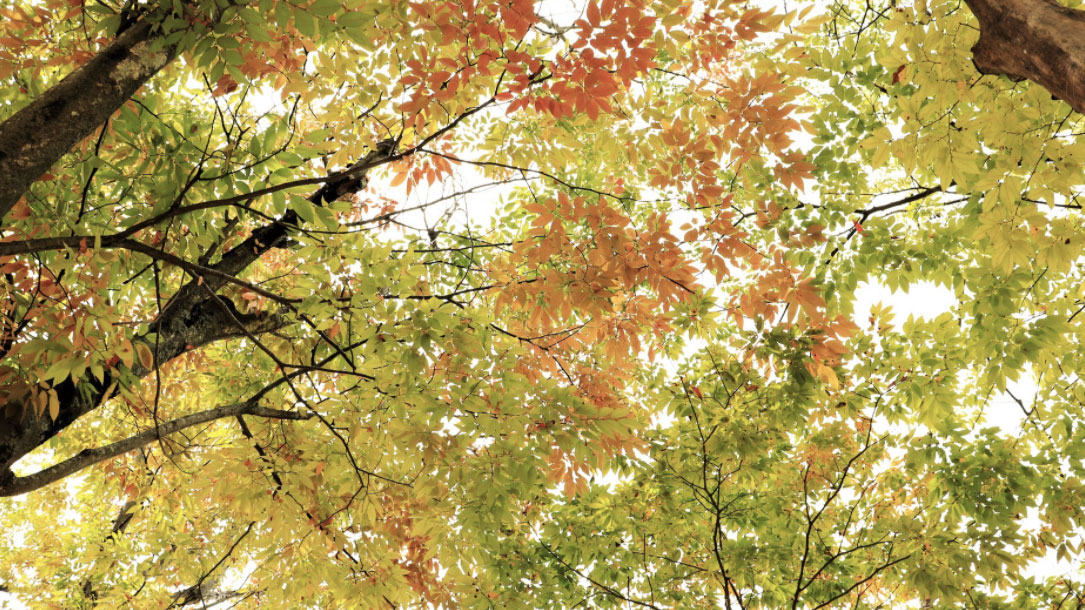
Challenges to the reforestation pipeline in the United States
To accelerate reforestation, the entire “pipeline” for tree planting (i.e., seeds, nurseries, outplanting, and post-planting activities) would need to be scaled up, including seed collection and storage, nursery production, outplanting, and post-planting treatment and monitoring. Thus, identifying regional limitations and potential solutions is necessary for reforestation to be deployed at scale.
Based on an estimate of reforestable land, a survey of nursery managers, a survey of foresters, and a synthesis of the available literature, we estimated how many seedlings would be required, compared that to current production, examined where potential limitations exist in the reforestation pipeline, and offered some potential solutions to projected limitations…












